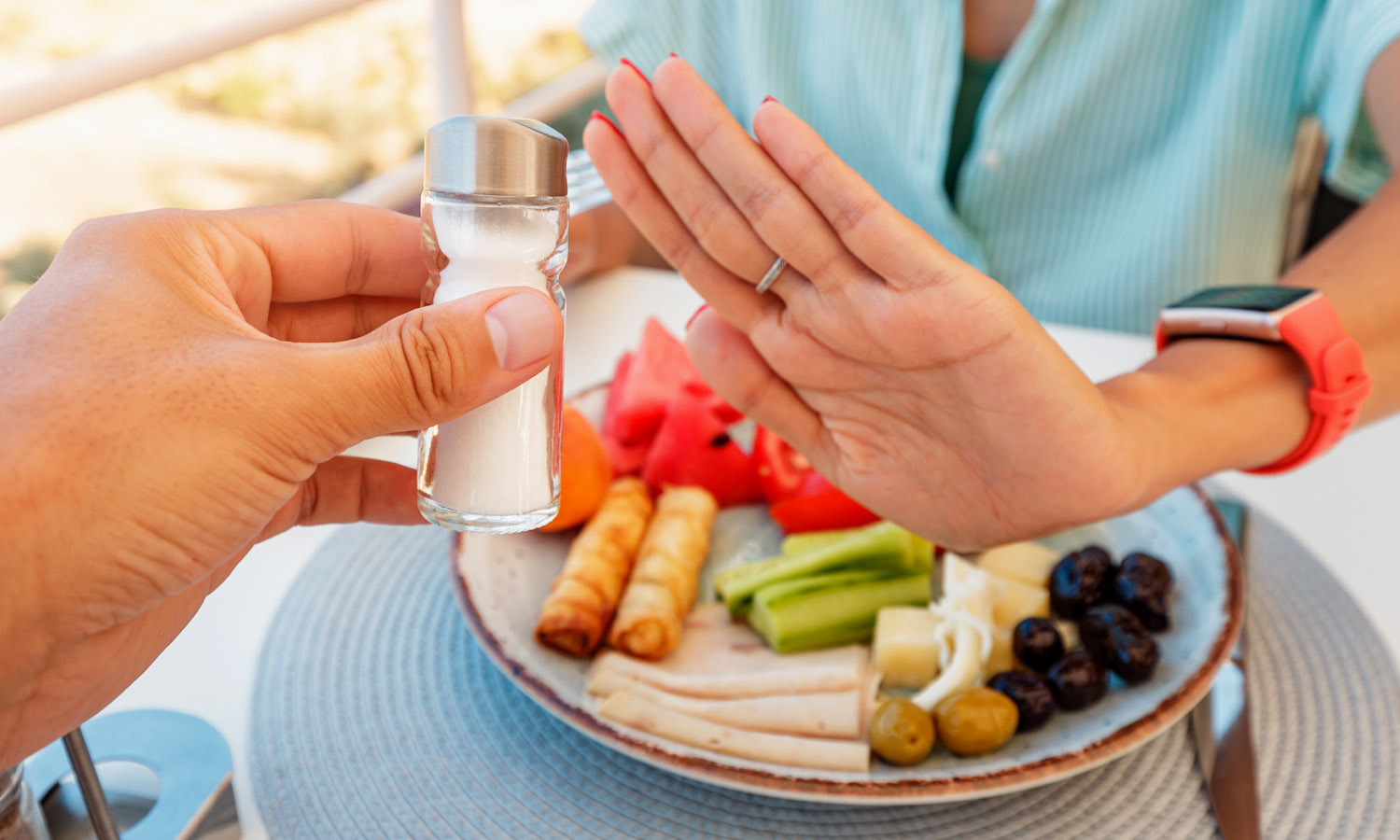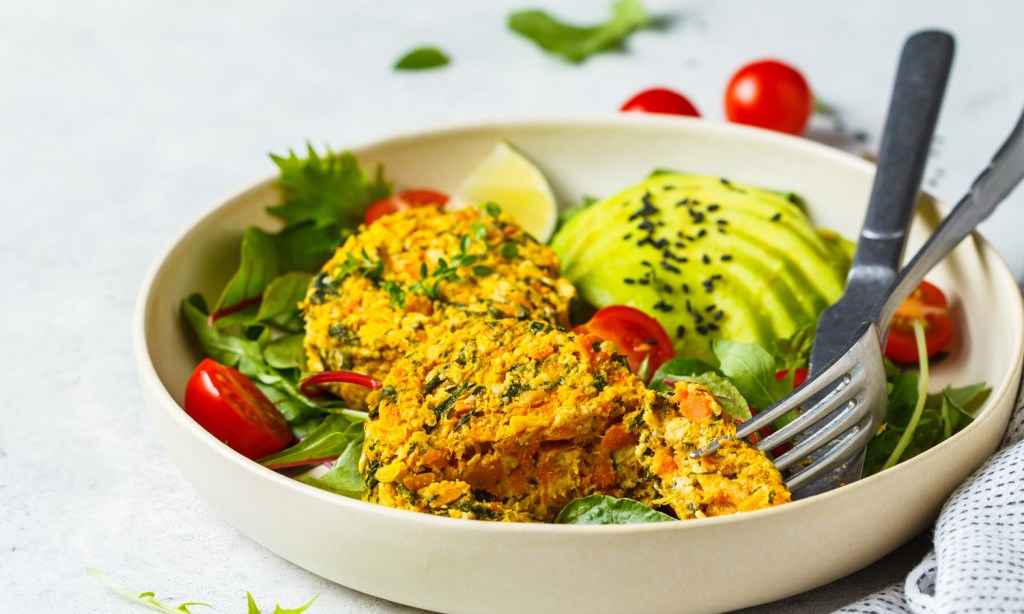
Many diets are designed for a specific purpose. Athletes might adopt a high-carb diet for peak energy. Those striving to lose weight might trade heavy carbs for nutritious fruits and vegetables. If you’re looking to maintain a healthy blood pressure, the Mayo Clinic recommends the DASH diet.
The DASH diet
DASH stands for Dietary Approaches to Stop Hypertension and is designed to prevent or treat high blood pressure, a risk factor for heart disease and stroke. The diet prioritizes fruits, vegetables, and whole grains that are high in potassium, calcium, magnesium, fiber, and protein. It also limits foods high in salt, sugar, and saturated fats.
The goal is to lower the level of “bad cholesterol” in the blood. According to the Cleveland Clinic, the body makes different types of lipoproteins—fatty particles that carrying cholesterol and triglycerides through the bloodstream. High-density lipoproteins (HDL) carry “good” cholesterol back to your liver to be flushed out of your body. Low-density lipoproteins (LDL) carry “bad” cholesterols that can build up in blood vessels, constricting the flow of blood, and raising your blood pressure.
Salt and blood pressure
Salt (sodium chloride) also plays an important role in blood pressure. Sodium helps our muscles, nerves, and the circulatory system function. Too much or too little can have serious health impacts. Athletes who lose sodium by sweating can experience muscle cramps. On the other hand, too much salt creates more fluid in your blood vessels to dilute all that sodium, making your heart work harder and raising your blood pressure.
Reducing salt
You can give your heart a rest by lowering the amount of salt in your diet. The DASH diet recommends about 1 teaspoon of salt per day. To reduce salt in your diet, check the ingredients of the processed foods you buy, don’t add salt when cooking, use alternative spices to add flavor, and eat less restaurant food. The Cleveland Clinic advises eating less meat, cheese, and dairy products. And avoid the “salty-six”: breads, pizza, sandwiches, cured meats, soup, and burritos/tacos. Instead, fill your plate with fruits, vegetables, beans, and nuts. The healthiest protein is found in plants, poultry, or fish.
Check your blood pressure
Keep tabs on your blood pressure and cholesterol levels. Your clinical team will check your blood pressure regularly and order a lipid blood test to measure your HDL, LDL and triglyceride levels. Because levels vary by age and sex, monitoring them is more important as you age. Your clinician will explain if your results are a cause for concern.
If you haven’t checked your cholesterol levels recently, schedule an appointment at a Kinwell clinic. Book online from our clinics page or call 833-411-5469.
Here is an example from the Mayo Clinic of daily menu that meets a 2,000-calorie DASH diet.
- Grains: 6 to 8 servings a day. One serving may be 1/2 cup of cooked cereal, rice, or pasta; 1 slice of bread; or one-ounce of dry cereal.
- Vegetables: 4 to 5 servings a day. One serving is 1 cup raw leafy green vegetable, 1/2 cup cut-up raw or cooked vegetables, or 1/2 cup vegetable juice.
- Fruits: 4 to 5 servings a day. One serving is one medium fruit; 1/2 cup fresh, frozen or canned fruit; or 1/2 cup fruit juice.
- Fat-free or low-fat dairy products: 2 to 3 servings a day. One serving is 1 cup milk or yogurt, or 1 1/2 ounces cheese.
- Lean meats, poultry, and fish: six 1-ounce servings or fewer a day. One serving is 1 egg or 1 ounce of cooked meat, poultry, or fish.
- Nuts, seeds, or dry beans, and peas: 4 to 5 servings a week. One serving is 1/3 cup nuts, 2 tablespoons peanut butter, 2 tablespoons seeds, or 1/2 cup cooked dried beans or peas, also called legumes.
- Fats and oils: 2 to 3 servings a day. One serving is 1 teaspoon soft margarine, 1 teaspoon vegetable oil, 1 tablespoon mayonnaise or 2 tablespoons salad dressing.
- Sweets and added sugars: 5 servings or fewer a week. One serving is 1 tablespoon sugar, jelly, or jam; 1/2 cup sorbet; or 1 cup lemonade.


